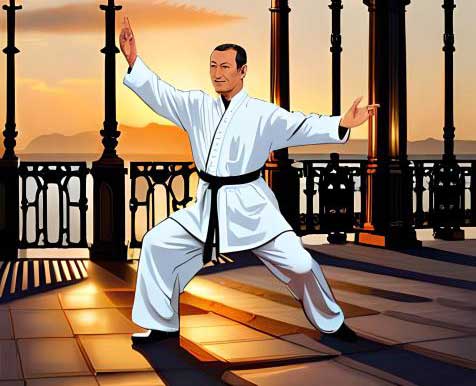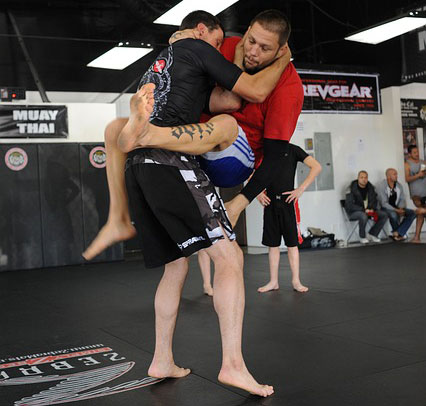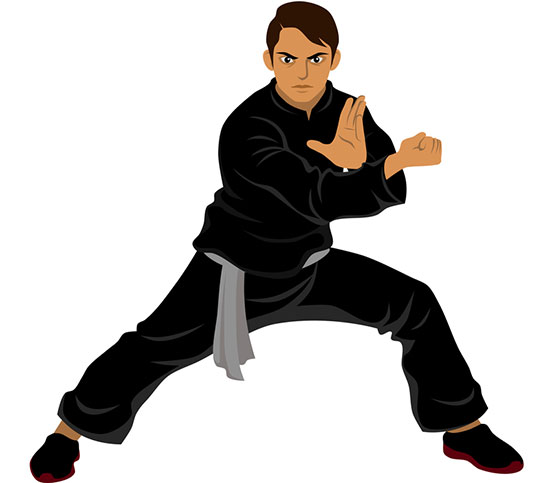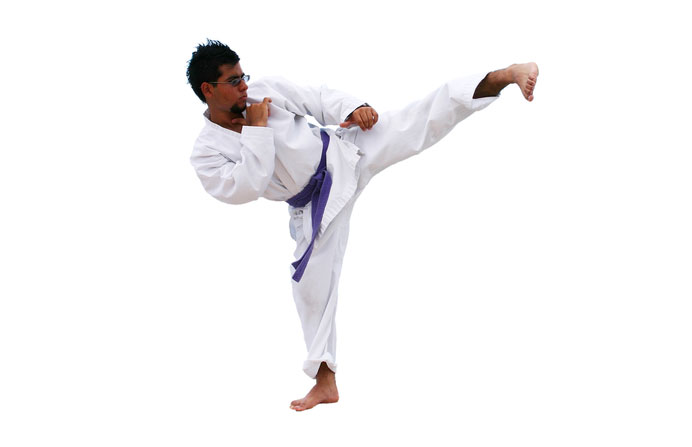Martial arts have slowly become a focal point of interest at a global scale, mainly due to their enhancement of personal confidence in light of self-defense, as well as mental and physical well-being.
Consequently, Taijutsu and Ninjutsu have become some of the more popular forms of martial art that are widely practiced.
In this light, an examination of the systematic aspects of both disciplines is necessary for the development of a clear comparison concerning their similarities and differences.
Taijutsu, also referred to as Jujutsu, is a term that describes a variety of Japanese martial art systems, techniques, and combat skills that utilize natural body movements.
As such, this leads to its description as a system that is based on the employment of skills of combat that are either unarmed or only feature minor weapon use. In comparison, Ninjutsu is a martial art form that has its roots in Japanese culture.
Its initial design revolved around the concepts of strategy and warfare that were necessary for employment by Ninjas in horsemanship, infiltration, escape disguise, hiking, wall climbing, combat, and feudal training.
Practitioners of Ninjutsu were often organized into groups of individuals with various specializations in essential skill sets.
Contents
What is Taijutsu?
Taijutsu is a form of martial arts that involves training in a blend of skills such as simple hand weapon combat with batons or knives, ground fighting, throwing, striking, and joint locks.
Essentially, its primary design for self-defense reduces its overall suitability for competitive use, while concurrently aiding the enhancement of movement balancing, timing, and movements, for higher efficiency in opponent neutralization.
The high level of stratification and adaptability used in the concepts and techniques that are integrated into Taijutsu facilitates its overall suitability for use in the modern world.
What is Ninjutsu?
Ninjutsu is a form of martial art whose history is deeply rooted within the Japanese Ninja culture. Despite its rich and long history, the modern form of this discipline is mostly different from its original form due to the need for relevancy and applicability, as well as the historic loss of secret techniques over time
. As such, the modern form of Ninjutsu utilizes fighting skills that integrate throws, chokes, strikes, locks, ground fighting, and grappling.
Additionally, in contrast to other martial art forms, this discipline also features extensive non-competitive training in the use of weapons such as Yari, Kaginawa, Bokken, Katana, Kama, Hanbo, and Fukiya.
Moreover, Ninjutsu also involves training on hand signs that interlock (Kuji-kiri), flexibility, meditation, mental awareness, and the unique traits and pressure points of the human body.
Differences between Taijutsu vs Ninjutsu
Compared to Ninjutsu, Taijutsu showcases a high level of emphasis on strategization and adaptability.
As such, these skills make the latter a more effective means of learning flexibility in light of the rapidly changing aspects of the modern world
Whereas Taijutsu is focused on only minor forms of weapon combat using batons or knives, Ninjutsu is aimed at imparting a high level of knowledge and training on a wide variety of weapons, such as the Kanigawa, Kama, and Fukiya.
As such, Ninjutsu is suitable for individuals interested in weapon combat.
Similarities
- Despite their differences, both Taijutsu and Ninjutsu have their origins in Japanese culture.
- Whereas most forms of martial art have a level of competitive applicability, Ninjutsu and Taijutsu are mainly oriented towards the improvement of individual competence in combat and are thus non-competitive.
- Finally, self-defense is a major focal point for both disciplines. In this case, the combat techniques used in both martial art forms enhance the opponent neutralization skills of their practitioners.
What to expect from these two types of martial arts?
Self-defense is a major focal point for both disciplines.
Nevertheless, while Ninjutsu would be more suited to individuals with a keen interest in hand-to-hand combat and the use of a wide variety of weapons, Taijutsu is better suited for unarmed combat.
As such, since there is a high level of similarity in the unarmed combat techniques featured in both disciplines, weapon use forms the foundation for the disparity in the expected skill outcomes.
Take away
Despite their differences, Taijutsu and Ninjutsu both share some similarities, regarding their origin, and competitive applications. Nevertheless, each discipline caters to a variety of unique personal needs and preferences.





